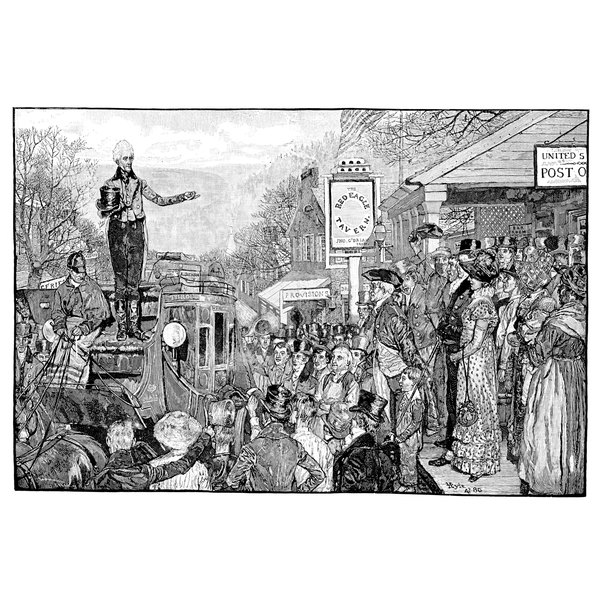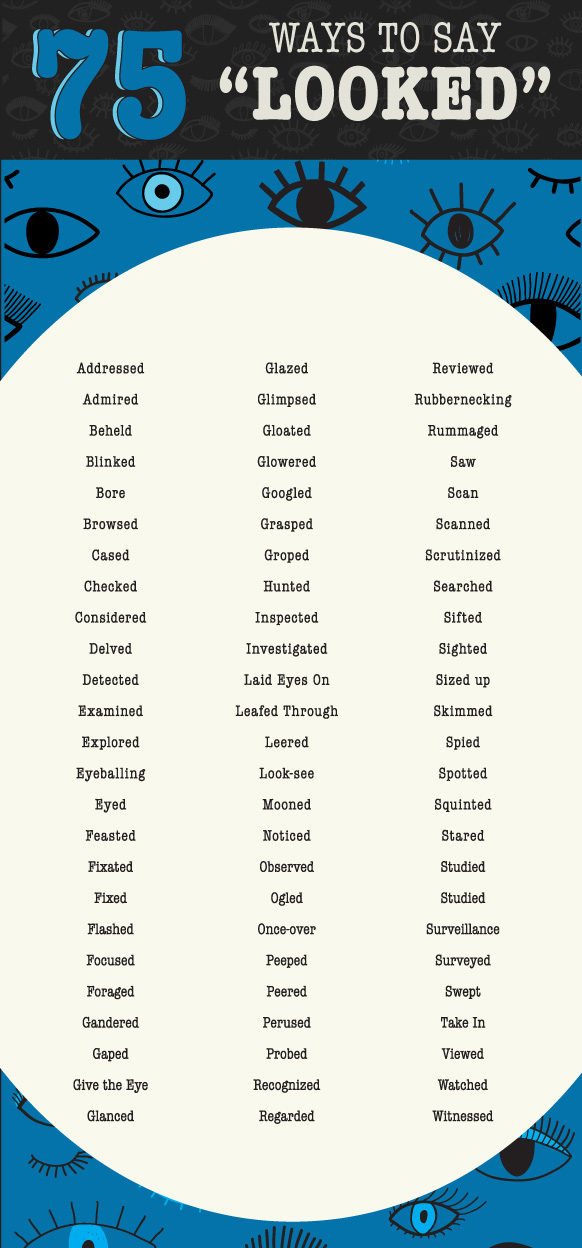

Tajfel and colleagues found that people can form self-preferencing in-groups within a matter of minutes and that such groups can form even on the basis of completely arbitrary and invented discriminatory characteristics, such as preferences for certain paintings. The significance of in-group and out-group categorization was identified using a method called the minimal group paradigm. The terminology was made popular by Henri Tajfel and colleagues beginning in the 1970s during his work in formulating social identity theory. It has been found that the psychological membership of social groups and categories is associated with a wide variety of phenomena. People may for example identify with their peer group, family, community, sports team, political party, gender, sexual orientation, religion, or nation. By contrast, an out-group is a social group with which an individual does not identify. In sociology and social psychology, an in-group is a social group to which a person psychologically identifies as being a member. sporting staff (referees, timekeepers, statisticians and in-game adjudicators).


people spectating the match via external means, e.g. People in this stadium form an in-group of American football fans vs.Multiple layers of in-groups and out-groups in an American football stadium:


 0 kommentar(er)
0 kommentar(er)
